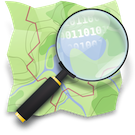Good news for OpenStreetMap: the main website now has A-to-B routing (directions) built in to the homepage! This will be huge for the OSM project. Kudos to Richard Fairhurst and everyone who helped get this up and running.
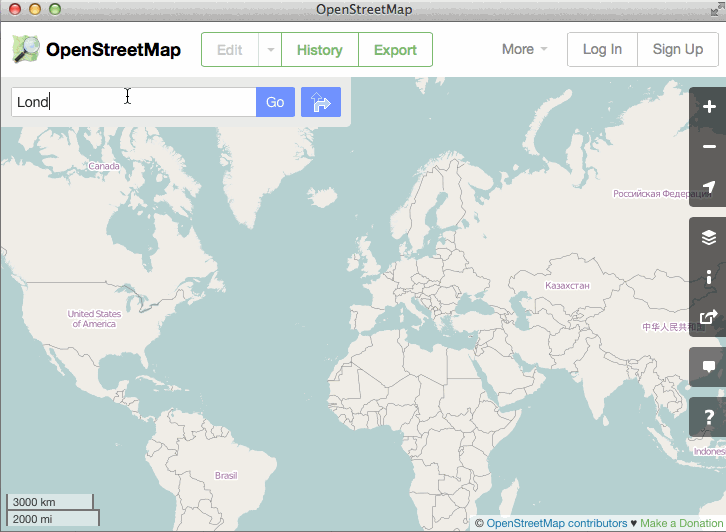
You might be thinking, “Why would this be huge? Isn’t it just a feature that other map websites have had for years now?” Well, the first thing to note is that the philosophy of OpenStreetMap is not to offer a one-stop-shop on our main website, but to create truly open data to empower others to do great things with it. So there has already been fantastic OSM-based travel routing for many years, on excellent websites such as OSRM, Mapquest, Graphhopper, Cyclestreets, Komoot, cycle.travel… the list goes on and on.
But all of those things are on other websites and apps, so people don’t always realise that OpenStreetMap has this power. What this latest development has done is really neat: the OSM website offers directions which are actually provided by third-party systems, but they are included in the main site via some crafty JavaScript coding. So as well as being really handy in itself to have directions available, it helps “first glancers” to see all the things they can do with OSM.
But that’s not what makes it huge.
What makes it huge is the difference it will make to OpenStreetMap’s data by creating a virtuous feedback loop. One of the main reasons we show a “slippy map” on the OpenStreetMap homepage is because people can look at it, see a bridge that needs naming or a building to add, click “Edit” and fix it straight away. That feedback loop is what allowed OpenStreetMap to build up what is now the most complete map of many regions around the world.
But we have a saying: “what gets rendered, gets mapped” – meaning that often you don’t notice a bit of data that needs tweaking unless it actually shows up on the map image. Lots of things aren’t shown on our default rendering, so the feedback loop offers less incentive for people to get them correct. And that goes doubly for things that you never “see” on the map – subtle things like “no left turn” at a particular junction, or “busses only” access on a tiny bit of road, or tricky data issues like when a footpath doesn’t quite join a road that it should join on to. Now that people can see a recommended route directly on the OSM homepage, they have an incentive to quickly pop in and fix little issues like that. The end effect will be OSM’s data going up one more level in terms of its quality for routing. This will empower everyone to do great things with geographic data and getting from A to B.
So find yourself some directions today!
Blog post by Dan Stowell
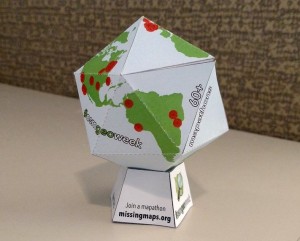
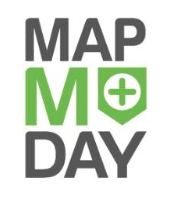 Another event coming up next month is Map My Day (mapmyday.org). This is a wheelchair accessibility mapping event organised by the awesome people behind wheelmap.org. Get ready to join in with that one on December 3rd.
Another event coming up next month is Map My Day (mapmyday.org). This is a wheelchair accessibility mapping event organised by the awesome people behind wheelmap.org. Get ready to join in with that one on December 3rd. It’s soon time for members of the OpenStreetMap Foundation to elect new leadership to the OSMF board. The foundation board is made up of seven people, of whom three will be remaining for an extended term, while four seats are up for election.
It’s soon time for members of the OpenStreetMap Foundation to elect new leadership to the OSMF board. The foundation board is made up of seven people, of whom three will be remaining for an extended term, while four seats are up for election.
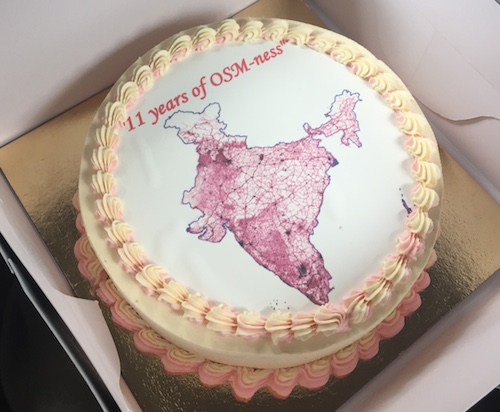
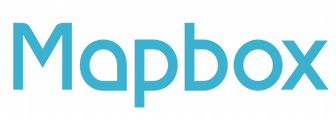

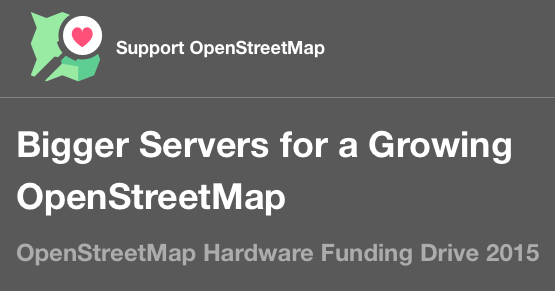




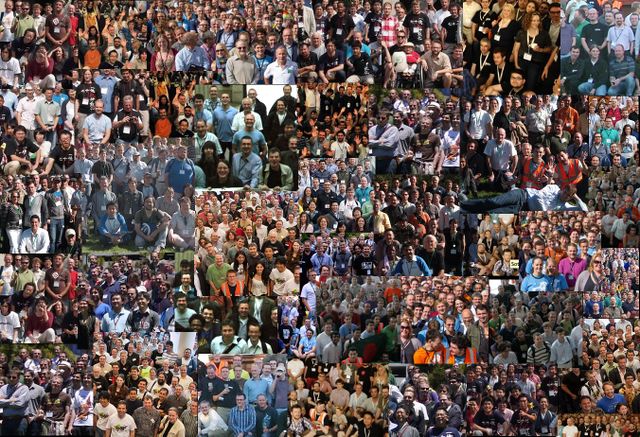

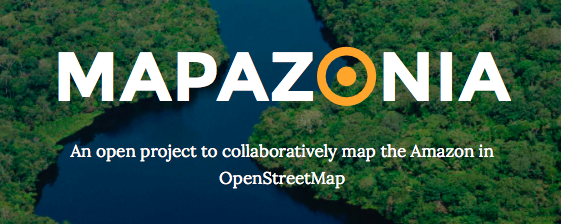 The Amazon rainforest includes territory belonging to nine different nations and there are a lot of environmental institutions and governments that need better geospatial data to do their work in that region. Furthermore it’s always good to have quality data in case of a natural disaster or other humanitarian issues. In Brazil there aren’t many editors in this northern region, so there are a lot of towns without any data and some roads to trace.
The Amazon rainforest includes territory belonging to nine different nations and there are a lot of environmental institutions and governments that need better geospatial data to do their work in that region. Furthermore it’s always good to have quality data in case of a natural disaster or other humanitarian issues. In Brazil there aren’t many editors in this northern region, so there are a lot of towns without any data and some roads to trace.